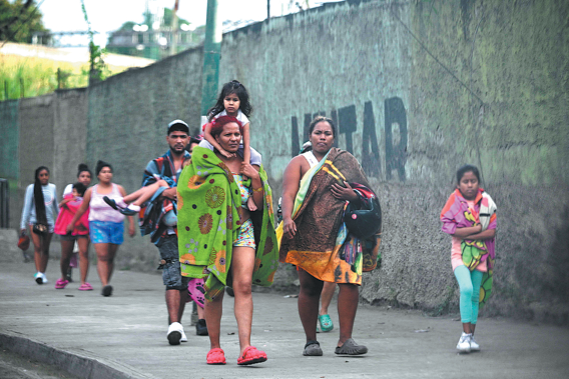Relics added to massacre memorial hall
By CANG WEI in Nanjing | China Daily | Updated: 2022-12-02 09:39

The Memorial Hall for the Victims of the Nanjing Massacre by Japanese Invaders in Jiangsu province announced on Wednesday that it had collected 453 sets of historical relics so far this year, including evidence of "comfort stations", biological weapons and the militaristic education of Nanjing children by the Japanese Imperial Army during the War of Resistance Against Japanese Aggression (1931-45).
According to the memorial hall, one of its Japanese friends, Hitoshi Oto, helped it collect 51 of the historical relics in Japan.
One of the relics — the original diary of Japanese soldier Jun Arai — recorded in detail how he set off from Japan for China by ship with other troops and was stationed in several Chinese cities from Oct 12, 1937 to Sept 23, 1938.
It was also the earliest record of so-called comfort stations, established for sexual activity by the Japanese army in Nanjing after the comfort women system was officially established.
Comfort women were forced into sexual slavery after being captured by the Japanese army.
In his diary, the soldier recorded how the Japanese army treated wounded soldiers, robbed civilians, established "comfort stations" and fought the Chinese army, particularly how the Japanese army set up a "comfort station" in Nanjing on Jan 1, 1938.
In his diary for that day, he wrote: "A comfort station has been opened as of today. Everyone has 30 minutes. The cost is 1.5 yen (1 cent US) for a non-commissioned officer and 1 yen for a soldier."
"It is bustling with people and is full all the time," he recorded.
Meng Guoxiang, a professor from Nanjing Medical University and an expert on the history of Japanese aggression against China, said that the system of "comfort women" was a large-scale crime of sexual violence committed by the Japanese Imperial Army and was an institutional behavior of the Japanese government and the country.
"It was a violation of humanity and a blasphemy against civilization," he said. "How to treat the 'comfort women' issue has become a decisive test of whether Japan has enough sincerity and efforts to acknowledge the aggressive nature of the war and to face the future."
He added that the newly found evidence, together with formerly collected evidence, could refute Japanese right-wingers' denial and Japanese politicians' vague attitude toward "comfort women".
Oto also helped the museum collect more than 60 photos of the Japanese army's Unit 1644, which was as notorious as Unit 731, which committed heinous crimes and performed biological experiments on people in China.
According to Meng, the Japanese army established the unit on the site of what is now the General Hospital of the Eastern Theater Command in April 1939.
Disguised as the "Central China Epidemic Prevention and Water Supply Department", the unit was actually engaged in large-scale research and experiments on biological warfare and the use of poison gas, he said.
In December 1998, 41 skulls were unearthed near the site and were later confirmed as belonging to victims of the unit's experiments.
Ai Delin, director of the memorial hall's cultural relics department, said that the hall also collected a war diary of the 11th squadron of the 36th infantry regiment of the Japanese Army's ninth division.
"We found another war diary of the same army last year," he said. "It revealed Japan's invasion of China more comprehensively."
The Nanjing Massacre took place during Japan's invasion of the country. Starting on Dec 13, 1937, it continued for six weeks and about 300,000 Chinese civilians and unarmed soldiers were slaughtered.
























